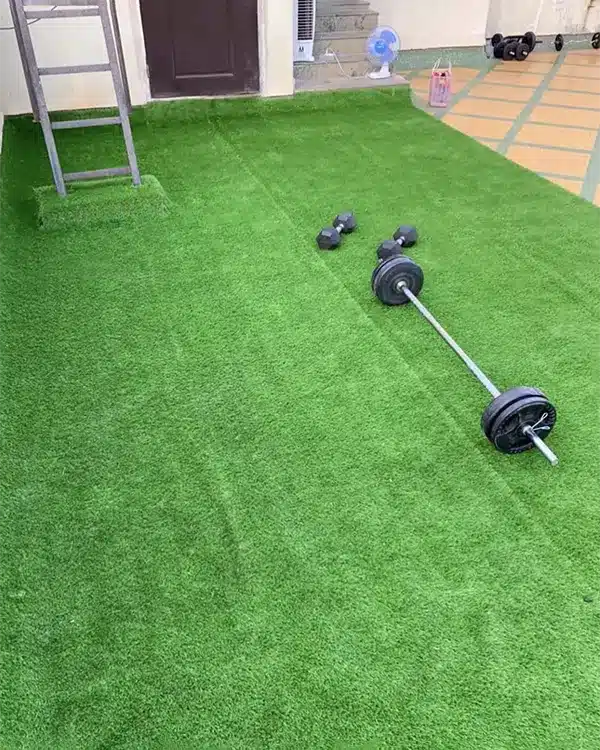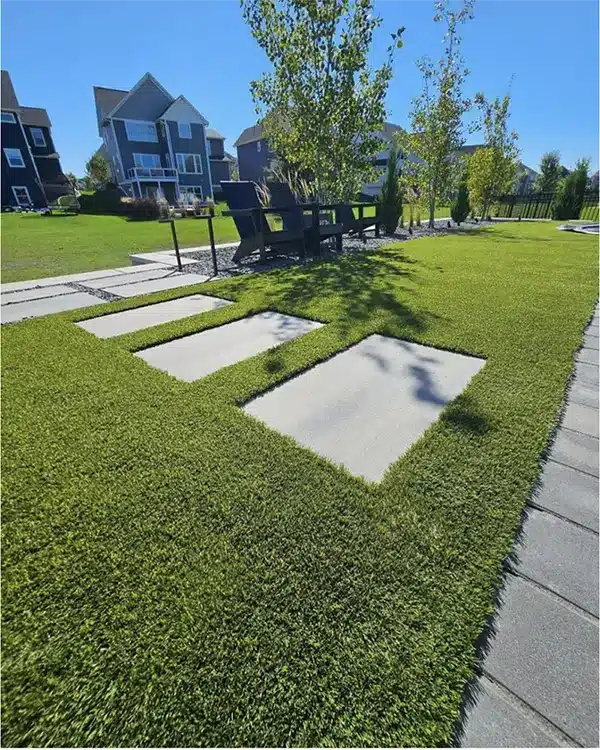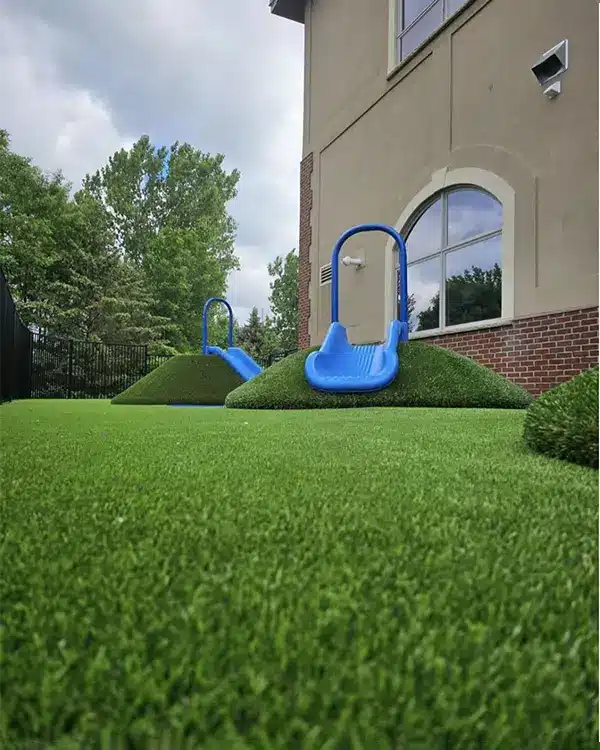The global artificial grass market is expected to grow at a CAGR of 11.1% during the forecast period from 2022 to 2027.
The COVID-19 pandemic has affected countries’ economies and industries. The increasing number of COVID-19 cases, followed by the lockdown of numerous manufacturing facilities, has affected the growth of various markets. In the Middle East and Africa, distribution networks have been severely disrupted, affecting sales of artificial turf. Synthetic Grass contractors are expecting a 30% increase in sales from 2020, according to Synthetic Grass Warehouse. Sports field applications account for 63% of lawns installed in 2020 and are expected to remain the largest application area during the forecast period. However, the use of turf in landscape applications is expanding rapidly and will provide growth opportunities for the artificial turf market in the near future. Global markets are recovering from their losses. Manufacturers can overcome the supply and demand gap by resuming business.
Synthetic turf is most commonly used in contact sports such as football and rugby, they are one of the most popular sports in Europe and therefore contribute significantly to the market share in the region. Progress is being made in the laying of artificial turf in football and rugby, especially in the FIFA Women’s World Cup and FIFA World Cup. Residential and commercial facilities are also in high demand for artificial turf. With various advantages, artificial grass has become a viable substitute for turf. It is used in backyards, porches, sidewalks, median strips, poolside, etc. It is also used to create playgrounds in commercial facilities and homes that emphasize child safety. In addition, urbanization is advancing rapidly in both developed and developing countries, and the construction industry is growing significantly globally, increasing the demand for low-maintenance products such as artificial turf.



